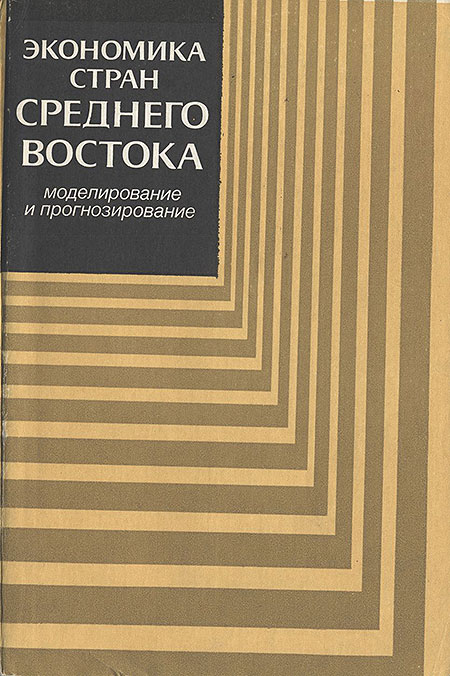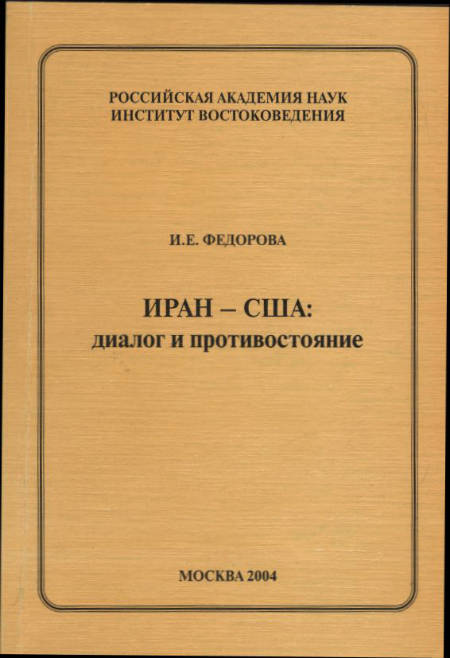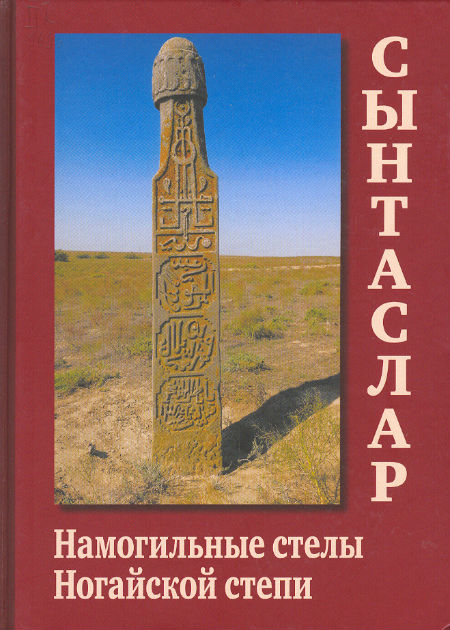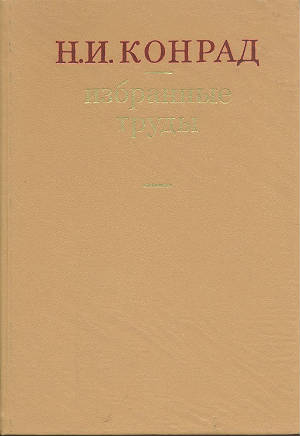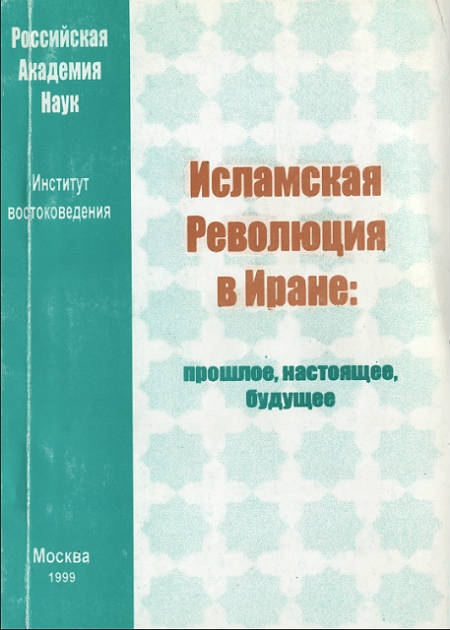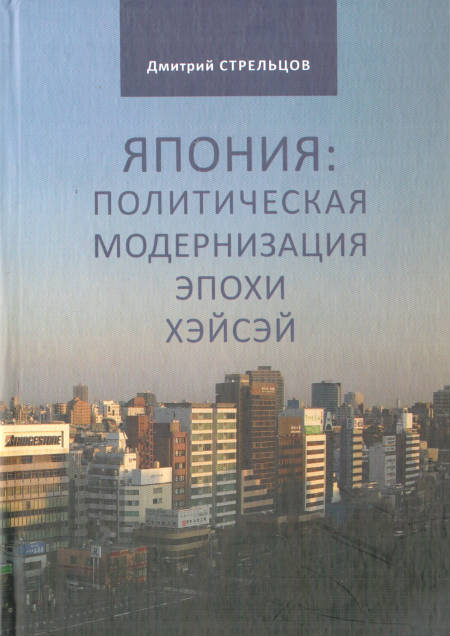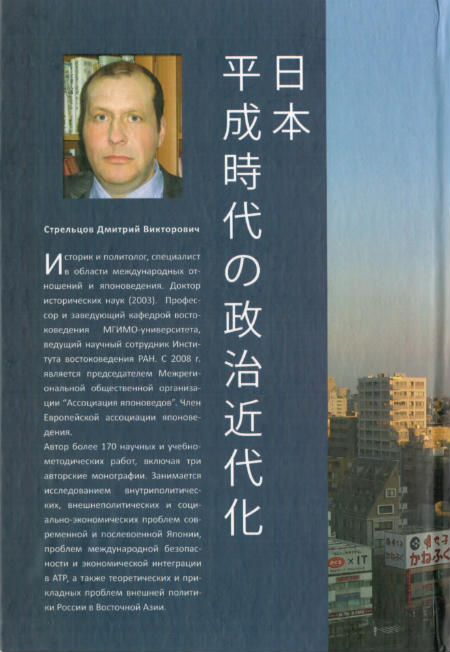Book
Japan : Political Modernization of Heisei Era
Москва, 2013, 296 p.
This book is a complex analysis of modernization process of Japanese politi-cal system in 1990s – 2010s. The Liberal Democratic Party (LDP), which remained in power for more than a half of a century, paved the way for Ja-pan’s postwar economic breakthrough due to its pragmatic, flexible ruling with no ideological stereotypes. Even after the change of power in 2009 the LDP and the DPJ (Democratic Party of Japan) pretending to form a two-party system failed to construct a watershed over the major issues of public policy that would enable to distinguish them as a “conservative” and a “liberal” party. One of the paradoxes of this situation is that the “conservatives” often acted as champions of liberal and even socialist policies. One of the factors contributing to changes in the party politics in Japan is the qualitative shift in the social portrait of the Japanese electorate. The outcome of the elections is to a larger degree determined by the politically motivated strata of voters. Electoral practice attracts a special attention to issues of electoral reform which has become one of the main items on the political agenda of contem-porary Japan. The majority principle determines drastic changes of power at each subsequent election. So, in the general elections to 2005, 2009 and 2012, the winning party acquired a landslide victory, obtaining in each case around 300 seats, which is close to the constitutional majority. Another noteworthy moment is the negative impact of electoral rules on the coher-ence of party platforms. Institutional aspects of the electoral reform of the Heisei era in Japan attract the author’s attention in the context of the issue of disparity of votes which comprised a big problem for Japan in the whole post-war period. Such a disparity arouses doubts over the validity of the basic democratic principle, e. g. each voter shall have one vote, and all votes shall be equal. The disparity problem has been aggravated by the demographic processes involving urbanization and migration of population to the devel-oped Pacific coast. Another problem tackled in the paper is the issue of po-litical leadership in the sphere of decision-making. In a broad sense, the so-lution of this problem involves a revision of the basic principles of relations between the administrative and political authorities, as well as the methods of interaction between politicians and bureaucrats.
РУССКАЯ ВЕРСИЯ: Япония : политическая модернизация эпохи Хэйсэй



